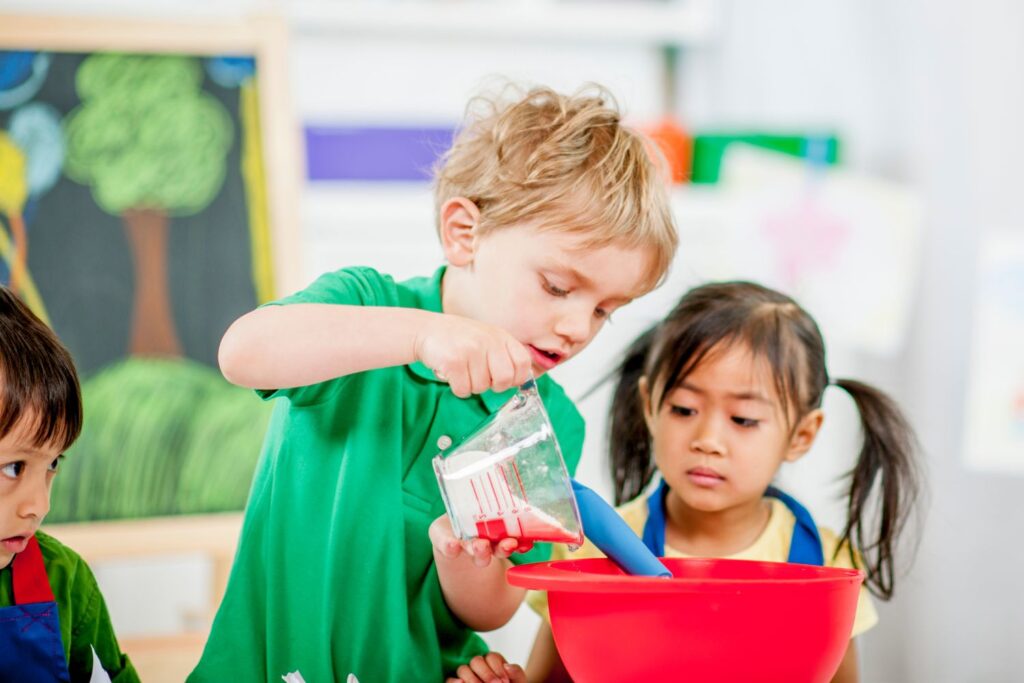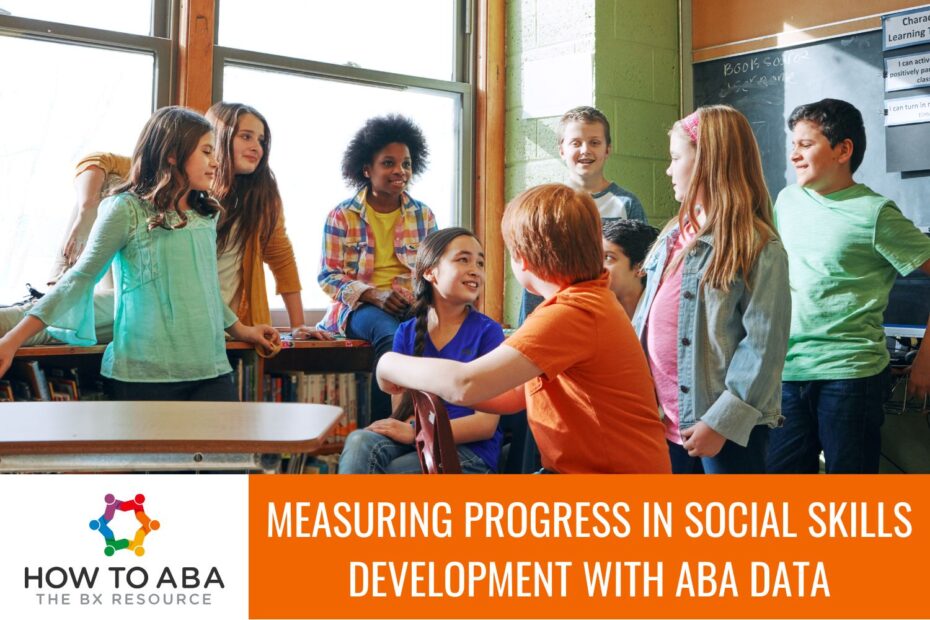Developing social skills is a critical part of a child’s learning experience. Social skill development can open doors to better communication, stronger relationships, and enhanced daily interactions. But how can you objectively measure progress in an area that sometimes feels subjective?
Using data is the key. It provides measurable insights into a child’s abilities, helps set individualized goals, and informs teaching strategies. Below, we’ll discuss practical and actionable methods to track progress in social skills development using ABA principles, focusing on baseline assessments, daily data collection, and rating scales.
Why is Measuring Progress in Social Skills Development Important?
Social skills form the foundation of how we interact with others, but because they don’t always come naturally to every learner, they require both teaching and measurement. Without clear tracking methods, it’s hard to know what’s working and what isn’t. Good data can answer important questions like:
- Is the learner making meaningful progress?
- Are the teaching methods effective?
- What specific social behaviors need more focus?
Collecting data empowers educators, therapists, and parents to make informed decisions, ensuring every session builds toward long-term success.
Step 1: Start with a Baseline Assessment
Before you can understand a child’s progress, you need to know their starting point. A baseline assessment allows you to record where a child’s social skills currently stand and provide a point of comparison for future data.
How to Design a Baseline Assessment
A baseline assessment doesn’t have to be complicated; it simply needs to highlight specific, measurable skills. For example:
- Can they stay on topic for at least 3 exchanges during a conversation?
- How often do they initiate interactions with peers during free play?
- Do they respond appropriately when their name is called?
The assessment can include structured settings, like role-playing simple social scenarios, as well as naturalistic observations to see how they behave in real-life social settings.
Beyond measuring skills, baseline assessments are also helpful for group placement. A pre-assessment can reveal whether the student is ready for group learning or benefits more from 1:1 support.
Step 2: Daily Data Collection During Sessions
Once the baseline is established, the next step is consistent and straightforward data collection. This ensures that you’re capturing progress (or noting challenges) between sessions.
Keep Data Collection Practical
One of the biggest challenges ABA professionals face is finding a balance between collecting data and actively engaging with students. You don’t want the data collection process to be so complicated that it detracts from teaching time. Here are some practical strategies:
- Focus on Key Goals: Instead of tracking a laundry list of behaviors, select a few relevant goals for each session.
- Group Sheets for Data Tracking: For group sessions, use a single page to track data for all students. Organize goals into categories like communication, turn-taking, or emotional regulation, creating an easy-to-read layout.
- Simplify Feedback During Activities: Avoid detailed note-taking on the fly. A quick method, like tally marks or shortcodes, can be used to mark successes or areas needing improvement in real time.
Educators and therapists can stay present and engaged by streamlining the process while still gathering valuable data.
 Step 3: Utilizing Rating Scales for Consistent Measurement
Step 3: Utilizing Rating Scales for Consistent Measurement
Rating scales are excellent for ABA therapists and teachers working on social skills development. They simplify data collection and allow for precise and comparative progress tracking.
What is a Rating Scale?
A rating scale breaks down each goal into measurable levels of achievement, making it easier to evaluate how consistently and independently a child demonstrates a skill. For example, a scale might look like this:
- The child never demonstrates the skill.
- The child demonstrates the skill with physical or verbal prompting.
- The child demonstrates the skill with a reminder or cue.
- The child demonstrates the skill independently.
What are the Benefits of Rating Scales?
Rating scales provide several advantages:
- Clarity: A well-defined scale outlines exactly what each level of progress looks like, leaving little room for ambiguity. This improves consistency across sessions or among different data collectors.
- Efficiency: At the end of a session, assessing a child’s performance using a rating scale is quick and easy. It eliminates the need for long notes explaining their progress.
- Visual Tracking: Many rating scale systems allow data to be visualized as graphs over time, clearly showing trends. Seeing progress visually can be motivating for the teaching team and even for parents.
How to Differentiate Goals for Individualized Learning
No two learners have the same social goals. One student in a group might be working on starting conversations, while another focuses on recognizing social cues. This is where differentiation becomes essential.
3 Practical Differentiation Strategies
1. Adjust Expectations
Tailor each lesson’s objectives to match individual students’ developmental levels and readiness. For instance, during group storytime, some may work on remaining seated while others practice asking questions about the story.
2. Provide Personalized Prompts
Use prompts tailored to each child’s needs, whether they require physical modeling, verbal cues, or visual aids.
3. Reassess Often
Data should highlight when a goal has been mastered or when it needs to be broken into smaller, more manageable steps. Flexibility is key to adapting objectives as the child progresses.
How to Make Data Meaningful
Collecting data is only part of the equation. To truly measure progress, you need to review data regularly and use it to inform teaching strategies. Are certain skills not progressing? The teaching approach may need adjustment. Is a student excelling in one area? Then, it might be time to raise the bar.
Sharing progress with families is another important way to make data meaningful. Visual aids or progress reports based on your data can help parents see the growth in their child’s abilities, reinforcing the value of ABA-based social skills instruction.
Tracking progress in social skills development isn’t only about measurements; it’s about using that information to help children thrive. Start with a clear baseline, simplify daily data collection, and leverage tools like rating scales for consistent, actionable results. With a focus on meaningful, individualized goals, ABA teams can foster lasting growth in their students, one skill at a time.


Pingback: When is a Child Ready for a Social Skills Group? - How to ABA
The part about getting baseline data is so important! Such a helpful way to show progress over time.